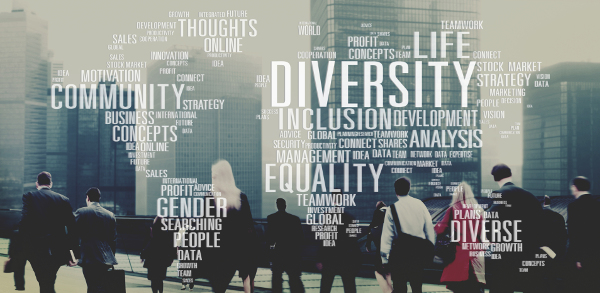ABOUT US
Why Cultural Competence?
The research is clear. Companies that successfully Drive Engagement Intentionally will have happier, higher-performing employees. They will be more successful, more profitable, and more innovative. Strategically cultivating workforce and community outreach plans that reflect the demographic shifts of the 21st century will create the organizational context for cultural competence education.
Notable In the Workplace Statistics
- By 2044, groups formerly seen as "minorities" will reach majority status
- By 2025 Millennials are predicted to make up 75% of the workforce
- Companies that have broader demographic representation enjoy 2.3 times higher cash flow per employee
- 43% of companies that have broader demographic representation in their boards noticed higher profits
- Companies that have broader demographic representation are 35% more likely to perform better
The Benefits of Being Culturally Competent:
- A workforce with broad demographic representation drives economic growth.
- A workforce with broad demographic representation can capture a greater share of the consumer market.
- Recruiting from a pool of candidates that have a broad set of demographic characteristics means a more qualified workforce.
- A broad set of demographic characteristics fosters a more creative and innovative workforce.
- Organizations need to understand and embrace the changing demographics in order to become and remain competitive in a global economy.


What is Cultural Competence?
Cultural Competence is an ability to interact effectively with people of different cultures. Cultural competence comprises four components: (a) awareness of one's own cultural worldview, (b) understanding one’s own ideas about cultural differences, (c) knowledge of different cultural practices and worldviews, and (d) cross-cultural skills.
The Characteristics of Being Culturally Competent:
- Civil communication across the organization
- Teamwork and employee participation throughout the organization
- Representation of all groups and employee perspectives at all levels of the organization, especially at the leadership levels.


Our Methodology
We apply an experiential and ethnographic approach when Driving Engagement Intentionally.
Ethnographers report what they understand (about a culture): sounds are transcribed into texts; utterances are presented as stories or conversations; events and processes are interpreted or explained.”
From Johannes Fabian. “Ethnographic Misunderstanding and the Perils of Context.” American Anthropologist, 97(1) p41, 1995.
Ethnographic research entails a complete immersion in the community or organization under study. The complexity of Cultural Competence subject matter requires a deep dive into your organizational culture. This assessment-oriented research acknowledges the composition of your business or organization, including the varying ethnic, socioeconomic, and geographic backgrounds of your workforce. Inclusivity has develops rubrics from a series of questionnaires/interviews/focus groups that aid in providing recommendations and actionable strategies to develop cultural competence within the organization. For the assessment to generate authentic data, our ethnographic immersion must be subtle, and we must be allowed the time and “space” to effectively understand your organizational culture.
